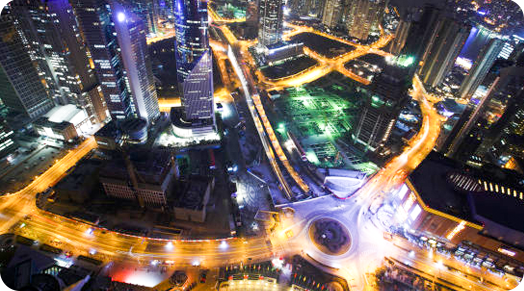上海遗留了众多富有特色的欧式建筑,而1990年代起又出现了诸多现代化建筑,同时,周边郊区分布着几处具有江南风格的水乡古镇,均成为了旅游景观。上海于1986年被国务院定为国家历史文化名城。丰富的旅游资源吸引了各国游客,到2012年,接待入境的国际旅游者达到800万人次。


上海的东方明珠广播电视塔、上海野生动物园、上海科技馆3处属中国最高的5A级旅游景点[参 275],另有20处4A级景区,佘山、东平、共青、海湾等4处国家森林公园,以及沙逊大厦、外白渡桥等617处上海市优秀历史建筑。
上海近年来已成为驰名中外的国际夜景都市。浦西的外滩夜景以及浦东陆家嘴的摩天高楼夜景相隔黄浦江而分布,吸引着成千上万的游客前来观光。而南京路商圈、徐家汇商圈、新天地甚至是宝山等地区等地段也有着五光十色、十分绚丽的夜景建设。
Shanghai has a rich collection of buildings and structures of various architectural styles. The Bund, located by the bank of the Huangpu River, contains a rich collection of early 20th-century architecture, ranging in style from neoclassical HSBC Building to the art deco Sassoon House.
Shanghai has one of the world's largest number of Art Deco buildings as a result of the construction boom during the 1920s and 1930s. One of the most famous architects working in Shanghai was László Hudec, a Hungarian-Slovak architect who lived in the city between 1918–1947.
Some of his most notable Art Deco buildings include the Park Hotel and the Grand Theater. Other prominent architects who contributed to the Art Deco style are Parker & Palmer, who designed the Peace Hotel, Metropole Hotel, and the Broadway Mansions, and Austrian architect GH Gonda who designed the Capital Theatre. The Bund's first revitalization started in 1986 with a new promenade by the Dutch Architect Paulus Snoeren, the completion was in the mid-1990s.








